Finland, one of the Nordic countries, is synonymous with high education standards. Reading about the country’s system of education opens one’s mind but this becomes a reality when one physically visits the country and interacts with their schools.
#SUinFinland
I was privileged to join the Master of Science in Education Management students from Strathmore University for their education trip to Finland in April. Initially, we were apprehensive because of the ongoing war in the Ukraine but we were assured of our safety. After quite a long flight to Helsinki, coupled with turbulence in some areas, we safely arrived at the beautiful city. We got the impression of the good education system immediately on our arrival through the order in the city, especially in the transport system and high levels of living standards.
Our visit to both primary and secondary schools in the city of Helsinki was a great eye opener. Amazingly, there is no single school strictly meant for one gender. Boys and girls study together and appreciate each other’s uniqueness right from their early stages of life. Schooling in Finland is like an extension of family life and schools maintain very close contact with the students’ families.
Government Funding
Schools are highly funded by the government and from observation, the level of equipment and diversified curriculum said it all. Every student has a laptop, which was bought by government funds and distributed through schools. The learner-centered approach of teaching ensures high attainment levels on the part of students. All the schools we visited had a maximum of 25 students per class with two teachers for every lesson. Relating this class experience to the congestion we have in our public schools in Kenya begs a huge difference in attainment levels.
The philosophy of the Finnish schools is that learning is a consequence of student’s goal oriented and self-directed actions. During the learning process, students interpret, analyze and evaluate information given in different formats. They are enabled to build on their team work skills. Their methods of study are based on exploration, experimentation and problem solving, which enhance learning and develop critical and creative thinking.
All schools in Finland teach religion and ethics, taking into account the diverse backgrounds of students.
Lessons from Finland
The Finnish government strongly believes that educational standards have to be sustained through quality training of its teachers. All teachers, from pre-school to secondary school, undergo five years of rigorous training. By the end of this training, the teacher will have written an undergraduate and a Master’s thesis. Their teacher training emphasis is placed on three areas; practicum component, research component and accountability component. The government highly trusts teachers and this encourages their autonomy.
Teacher development continuum in Finland is also highly encouraged. Education leadership training is structured around four areas;
- Pedagogical leadership, which includes instructional leadership and leadership for learning.
- Collective leadership, which looks into involvement of many stakeholders in educational centers.
- Leadership for social justice, which touches on wider concepts of inclusion.
- Leadership for motivation, well-being and change.
The idea of continuous development for teachers highly challenged me to think about the level of teacher development, especially in our Kenyan public primary schools because from observation, they rarely get serious capacity building. It is a concept our government and other private sector players can borrow.
Future Studies
Finally, our visit to the University of Turku was inspiring. In the school of economics, we were introduced to the institute which deals with future studies. Human beings by their nature are future creatures! There is urgent need for governments and institutions to think and plan about the future. This will enable them to understand the changing dynamics which the future presents and where there is a possibility of problems and put in place appropriate mitigation measures.
My sincere appreciation to Strathmore University for the learning approaches, which exposes students to different environments to learn best practices in other parts of the world. This will continue to highly contribute to the transformational agenda of our country in different realms.
This article was written by Fr. Julius Muthamba, Education Secretary, Catholic Diocese of Kitui.
What’s your story? We’d like to hear it. Contact us via communications@strathmore.edu.






